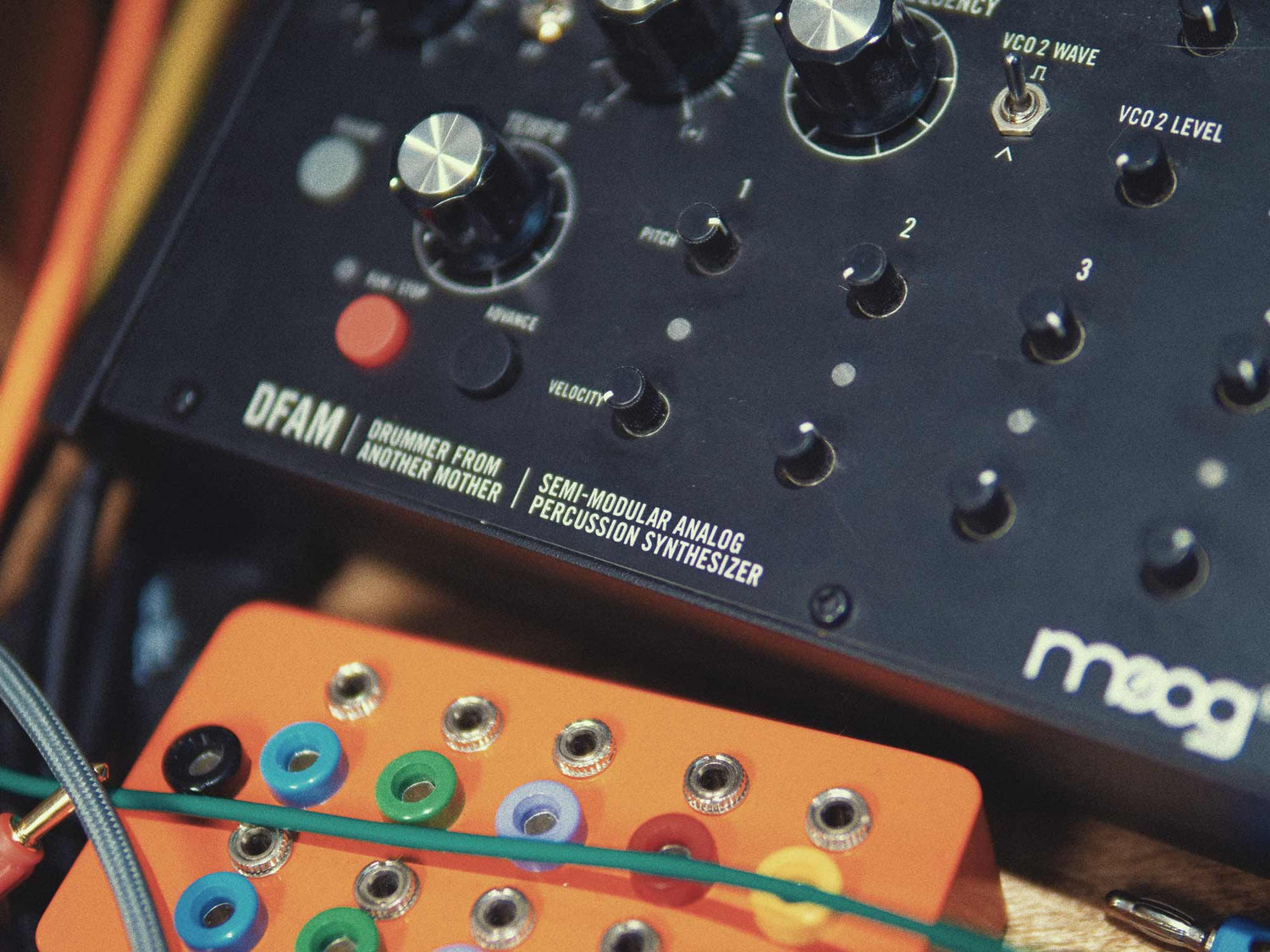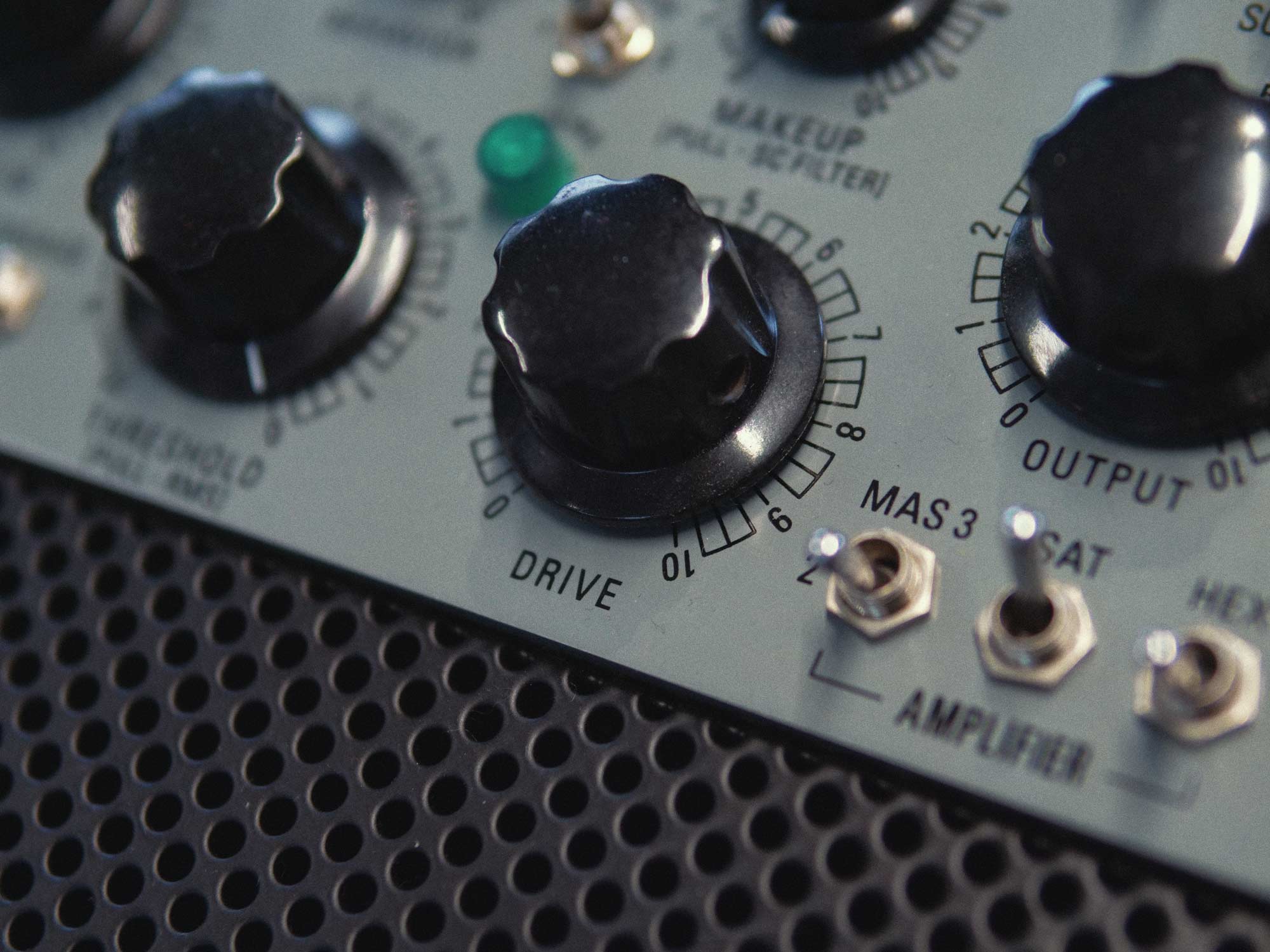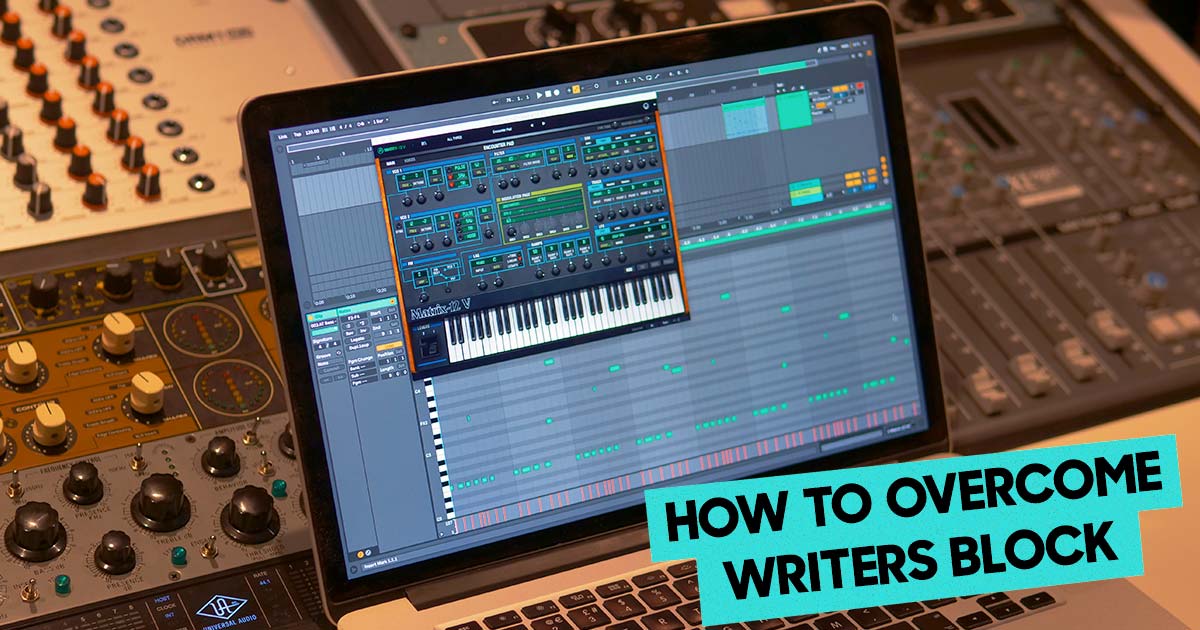Creating compelling percussion is an art form that adds depth, energy, and groove to your music. Whether you're a seasoned music producer or just starting your journey, mastering the art of building percussion is essential for crafting memorable and engaging tracks. In this blog post, we'll explore some valuable tips and techniques to enhance your percussion game and take your music to the next level.
1.Understand the Role of Percussion: Before diving into building percussion, it's crucial to understand the role it plays in your music. Percussion is not just about keeping time; it adds texture, rhythm, and personality. Identify the mood and style of your track to determine the type of percussion elements that will complement your composition.
2. Layering and Texturing: Experiment with layering different percussion elements to create a rich and dynamic sound. Combine electronic and organic sounds, mix samples with live recordings, and explore the possibilities of layering to add complexity to your percussion. This technique allows you to craft a unique sonic signature for your tracks.
3. Use of Space and Rests: Percussion isn't just about what you play but also about when you choose not to play. Strategic use of space and rests can enhance the impact of your percussion. Experiment with silence to create tension, build anticipation, and highlight specific beats. This technique can contribute to the overall dynamics of your music.
4. Humanize Your Sequences: Avoid robotic and overly quantized percussion sequences. Humanize your patterns by introducing subtle variations in timing, velocity, and articulation. This mimics the natural imperfections of live drumming, making your percussion feel more authentic and organic.
5. Explore Unconventional Sounds: Break free from the conventional percussion sounds by experimenting with unconventional sources. Incorporate found sounds, household items, or unique instruments to bring a fresh and distinctive flavor to your percussion. This creativity can set your music apart and surprise your listeners.
6. Pay Attention to EQ and Mixing: Percussion elements often share sonic space with other instruments, so it's crucial to pay attention to EQ and mixing. Use EQ to carve out space for each percussion element, ensuring a balanced and clear mix. Experiment with panning to create a sense of space and separation.
7. Rhythmic Patterns and Groove: Develop interesting rhythmic patterns and grooves to make your percussion stand out. Experiment with different time signatures, syncopations, and accents. Pay attention to the interaction between various percussion elements to create a cohesive and compelling rhythm section.
Building percussion is a creative and experimental process that can elevate your music to new heights. By understanding the role of percussion, experimenting with layering and textures, humanizing sequences, exploring unconventional sounds, and paying attention to mixing, you can develop a unique and captivating percussion style. Embrace the creative journey, and let the beats flow as you master the art of building percussion in your music production.




Leave a comment
This site is protected by reCAPTCHA and the Google Privacy Policy and Terms of Service apply.